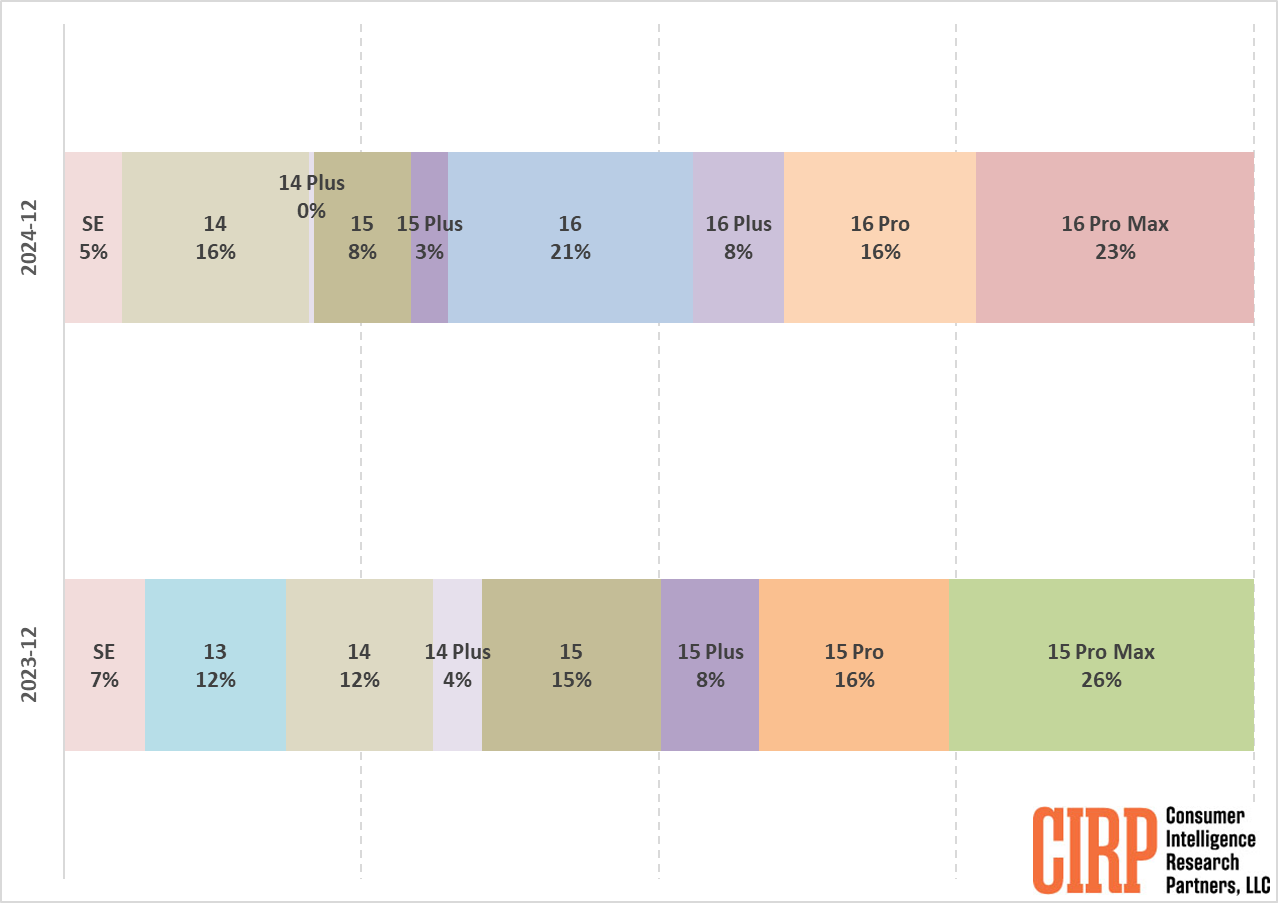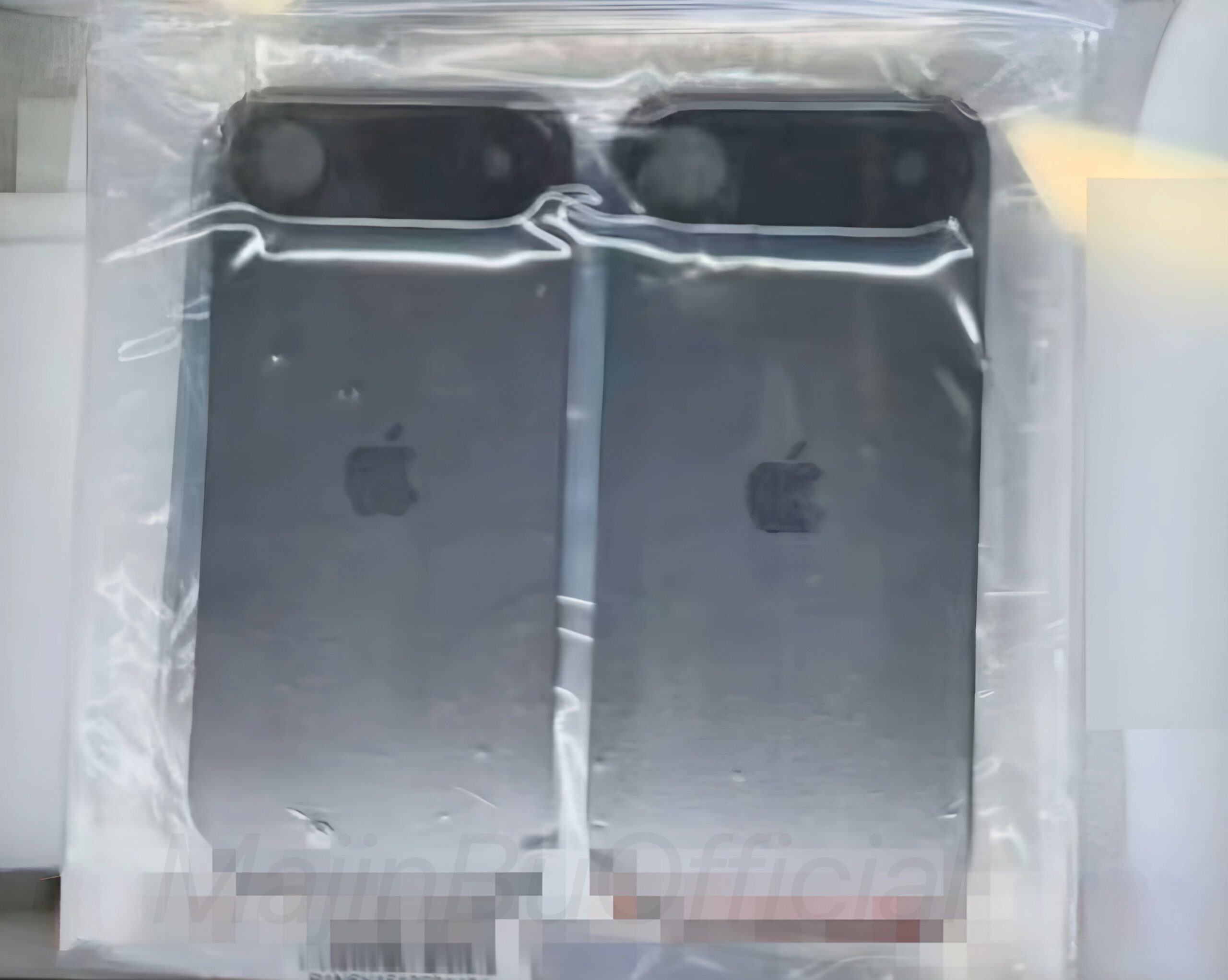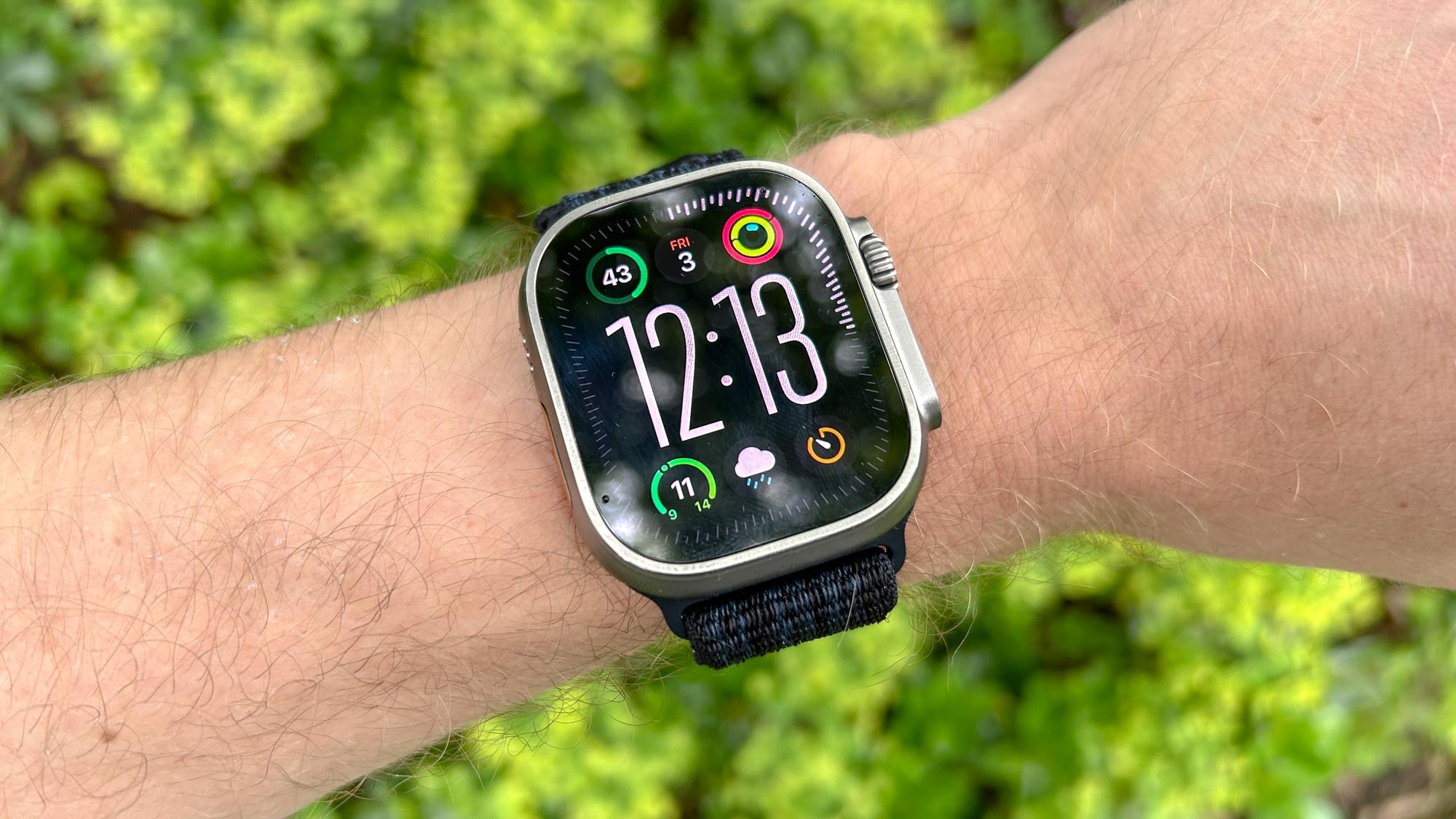A judge has decided that there’s a good chance Apple might have paid female employees less than their male counterparts, allowing a lawsuit from 12,000 current and former female workers to move forward.
Apple’s Admission and Defense
Apple has admitted there are differences in pay but insists these differences are due to individual circumstances, not deliberate discrimination.
The Controversy Over Pay
This issue was first highlighted in 2021 through an internal employee survey which revealed a 6% pay gap between men and women in technical positions. The survey showed men in middle-level tech roles earning about 6.25% more than women, and white employees earning 5.06% more than non-white employees in similar roles. The survey also pointed out that non-white workers received stock grants 11% later than white employees in entry and mid-level positions. Following this, Apple banned further internal pay surveys.
The Lawsuit Against Apple
Last year, a class action lawsuit was initiated under the California Equal Pay Act, claiming that Apple underpaid women. Apple tried to get the case thrown out, arguing the pay differences were fair based on individual factors. However, the judge disagreed, finding enough evidence to let the lawsuit proceed.
Judge’s Ruling
California Superior Court Judge Ethan P. Schulman’s ruling denied Apple’s request to dismiss the allegations, agreeing that there was a “reasonable possibility” of widespread unequal pay in Apple’s engineering, AppleCare, and marketing departments.
Three Points of Discrimination
The lawsuit points out three main issues:
- Salary History in Recruitment: Asking for past salaries or salary expectations during hiring could perpetuate existing pay gaps. Although Apple stopped asking for salary history, they still inquire about salary expectations, which might disadvantage women who tend to negotiate less aggressively.
- Performance Reviews: There’s an accusation that performance evaluations might favor men over women, where similar behaviors are assessed differently based on gender.
- Talent Reviews: These reviews allegedly lead to unequal pay for men and women of similar talent levels.
Apple’s Response
Apple has not commented on the recent judicial decision but has previously emphasized its commitment to pay equity, stating they do not base offers on salary history and regularly review compensation to ensure fairness.
This case will continue as Apple prepares to defend its practices in court.







